Hypoestes phyllostachya
The Phyllostachya hypoestes
One of the most beautiful plants you can have at home, its green to purple colors will delight you. The Hypoestes phyllostachya, native to Madagascar, is an ornamental plant with a delicate and striking appearance. It grows slowly but has good foliage, and deserves simple care. It will undoubtedly make a special addition to any space.
Want to add a touch of color and joy to your home? Discover the vibrant beauty of Hypoestes Phyllostachya and bring the energy of nature into your interior spaces. Explore our selection and choose yours! Hypoestes Phyllostachya perfect today to bring life to your home!
_________________________________________________
How to care for your Hypoestes Phyllostachya
Use these instructions to care for a Hypoestes phyllostachya. This guide will tell you how to water a Hypoestes phyllostachya; its light, temperature, and humidity preferences; and any additional care it may need to help it thrive.
It loves light, it adores the sun's rays, but always indirectly, its leaves are very delicate.
Never let the soil dry out completely, as its leaves will shrivel and wilt. Balance is key for this plant; too much water can also affect it, and its roots will suffer. In the spring and summer months, watering should usually be done once or twice a week, while in the fall and winter months, watering should be spaced out, as the soil moisture will tell you.
![]()
They like humid conditions, you can spray lightly, and eventually, you can also place the pot on stones with water to create an ideal environment.
![]()
They prefer temperatures between 20°C - 30°C.
![]()
It is ideal to fertilize plants during their best growing season, in or around spring.
![]()
It is considered mildly toxic to pets and humans. Ingestion can cause mouth and stomach irritation.
It's prone to pests and insects, so you should keep an eye on it. If kept indoors, it becomes easy prey; its foliage can discolor, develop holes, and wilt.

_________________________________________________
Common problems for your Hypoestes phyllostachya
Watch out for scale insects, whiteflies, bugs, and aphids on your plants. You may notice foliage that is discolored, has holes, or otherwise appears unhealthy, along with small insects moving around the plants. Plants grown indoors in suboptimal conditions often have more problems with pests and diseases than those grown outdoors in the right environment.
_________________________________________________
Frequently Asked Questions (FAQ)
1. Where is the best place to place a Hypoestes Phyllostachya at home?
- Hypoestes Phyllostachya prefers a spot with bright, indirect light. Avoid direct sunlight, which can burn its leaves, but make sure it receives enough light to maintain its vibrant colors.
2. How often should I water my Hypoestes Phyllostachya?
-
Water the plant when the top layer of soil is dry to the touch. Make sure not to let the soil dry out completely, but also avoid waterlogging to avoid the risk of root rot.
3. What type of soil is best for Hypoestes Phyllostachya?
- Use well-drained soil rich in organic matter. A standard, well-draining houseplant mix is ideal.
4. How can I propagate my Hypoestes Phyllostachya?
- Propagation can be easily done through cuttings. Cut a section of stem with several leaves, place it in water until it develops roots, and then plant the cutting in soil.
5. Why is my Hypoestes Phyllostachya losing its colors?
- Lack of sufficient light can cause the plant to lose its vibrant color. Try moving it to a spot with more bright, indirect light. Also, make sure it's not getting too much or too little water.
6. Is Hypoestes Phyllostachya toxic to pets?
- Yes, Hypoestes Phyllostachya can be toxic to pets if ingested. Keep the plant out of reach of dogs and cats to avoid any risk of poisoning.
7. What common pests affect Hypoestes Phyllostachya?
- Common pests include spider mites, aphids, and mealybugs. Inspect the plant regularly and, if necessary, treat with a mild insecticide or insecticidal soap solution.
8. How can I increase the humidity for my Hypoestes Phyllostachya?
- Place the plant on a tray with pebbles and water, use a humidifier, or group several plants together to create a more humid microclimate.
9. How often should I fertilize my Hypoestes Phyllostachya?
- Fertilize your plant once a month during spring and summer with a balanced indoor plant fertilizer. Reduce fertilization in fall and winter.
10. What should I do if the leaves of my Hypoestes Phyllostachya fall?
- Leaf drop can be caused by improper watering, lack of light, or sudden changes in temperature. Make sure the plant receives consistent and proper care.
Looking to add a touch of color and joy to your home? Discover the vibrant beauty of the Hypoestes Phyllostachya and bring the energy of nature into your interior spaces. Explore our selection and choose your perfect Hypoestes Phyllostachya today to bring your home to life!




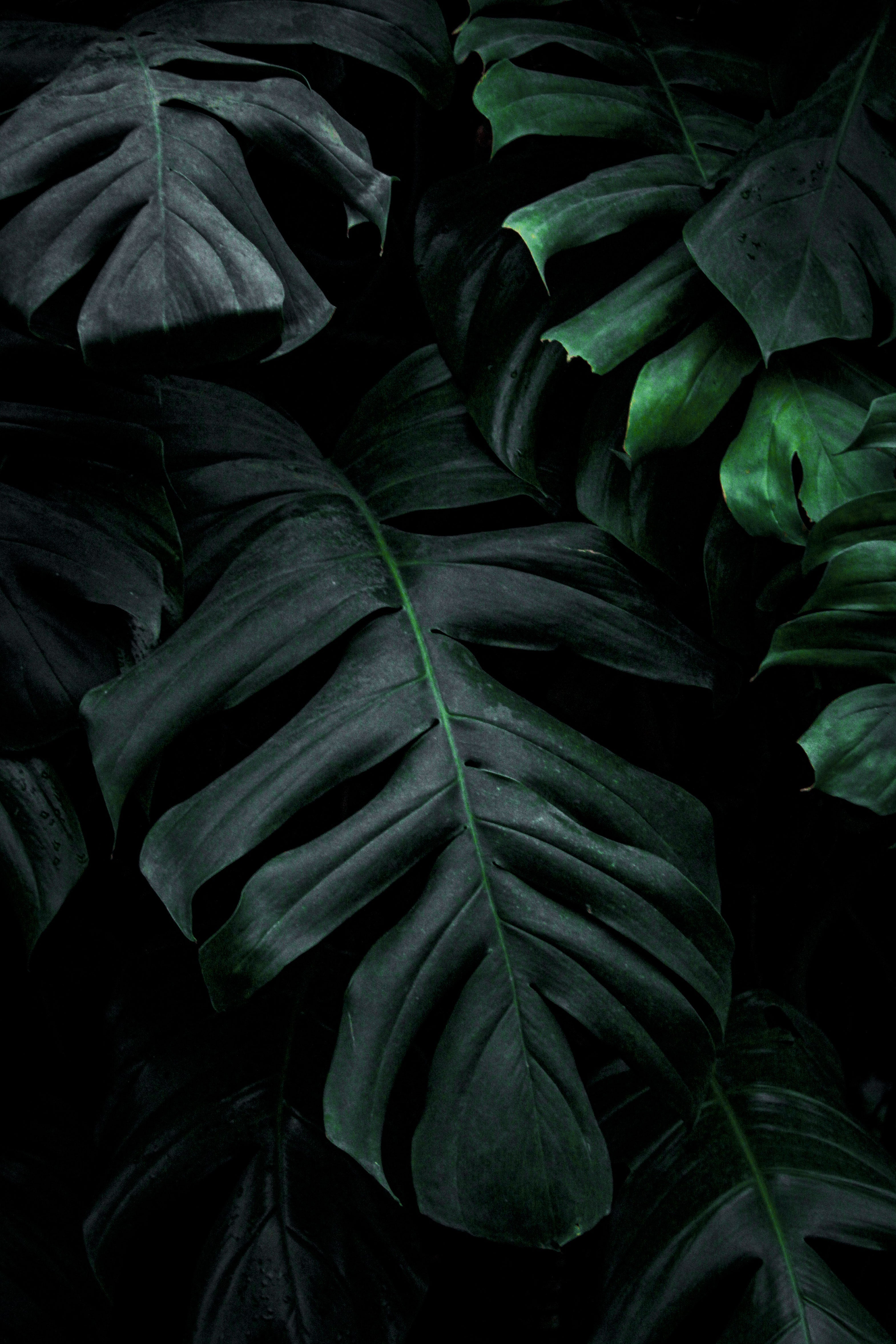
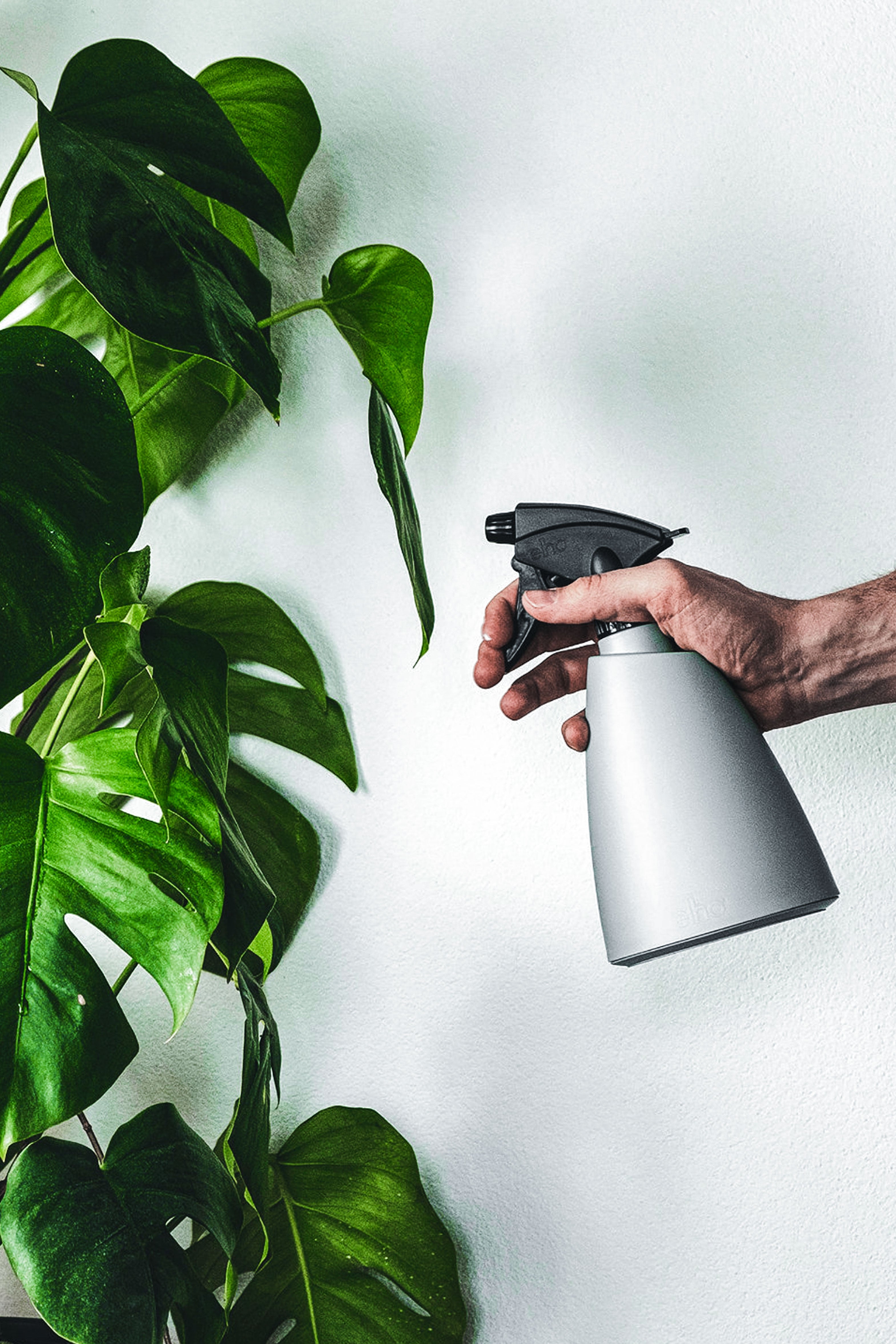
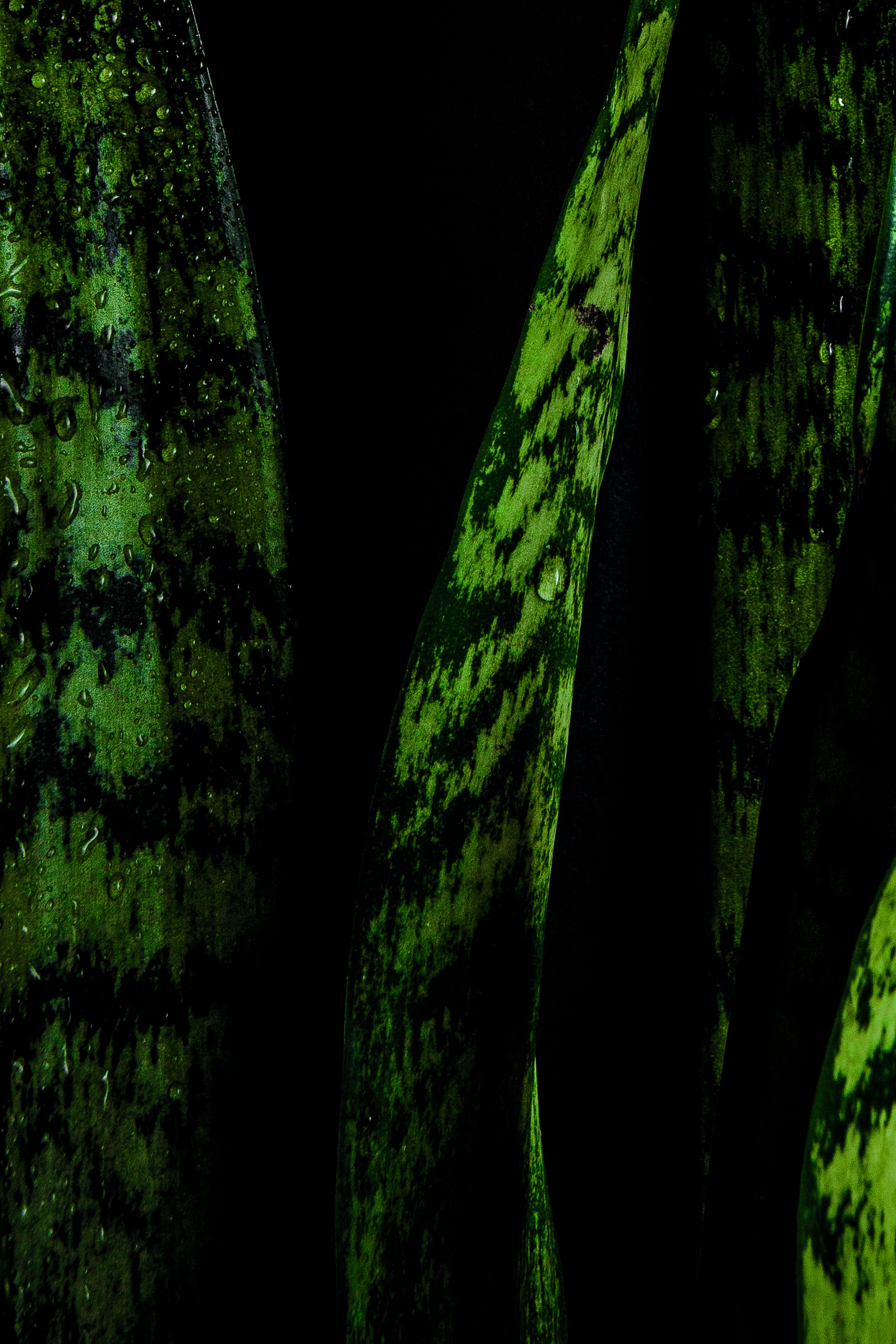
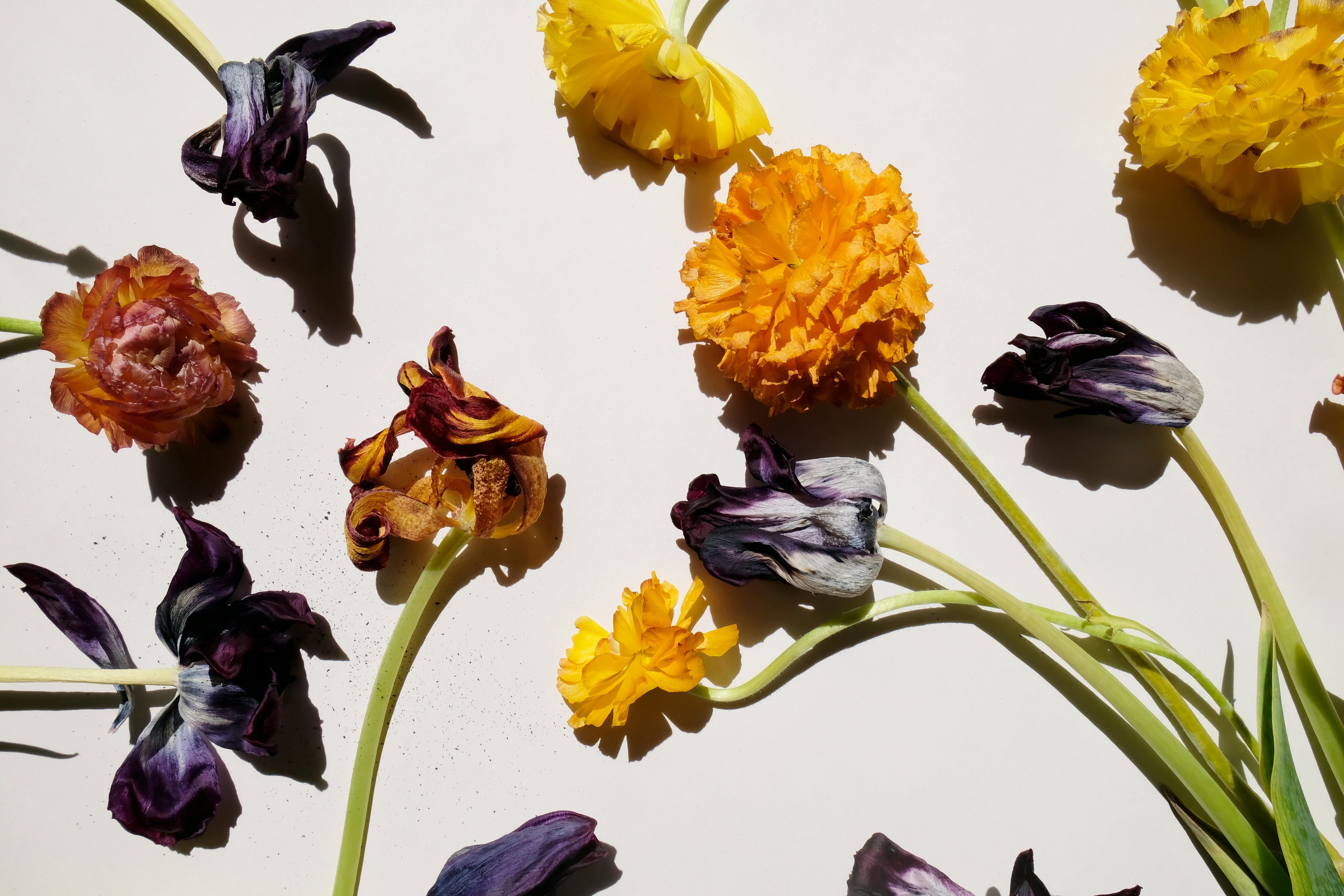
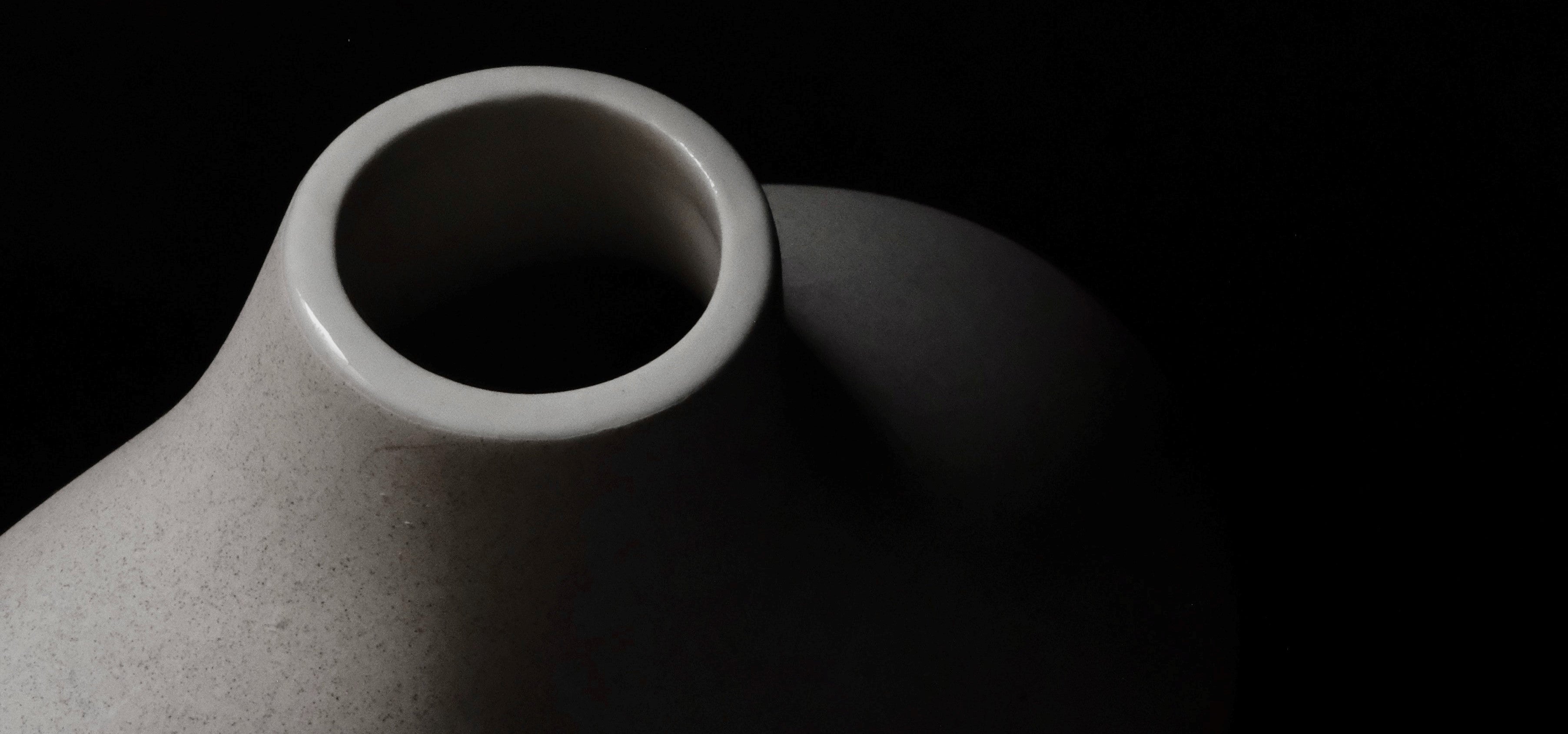
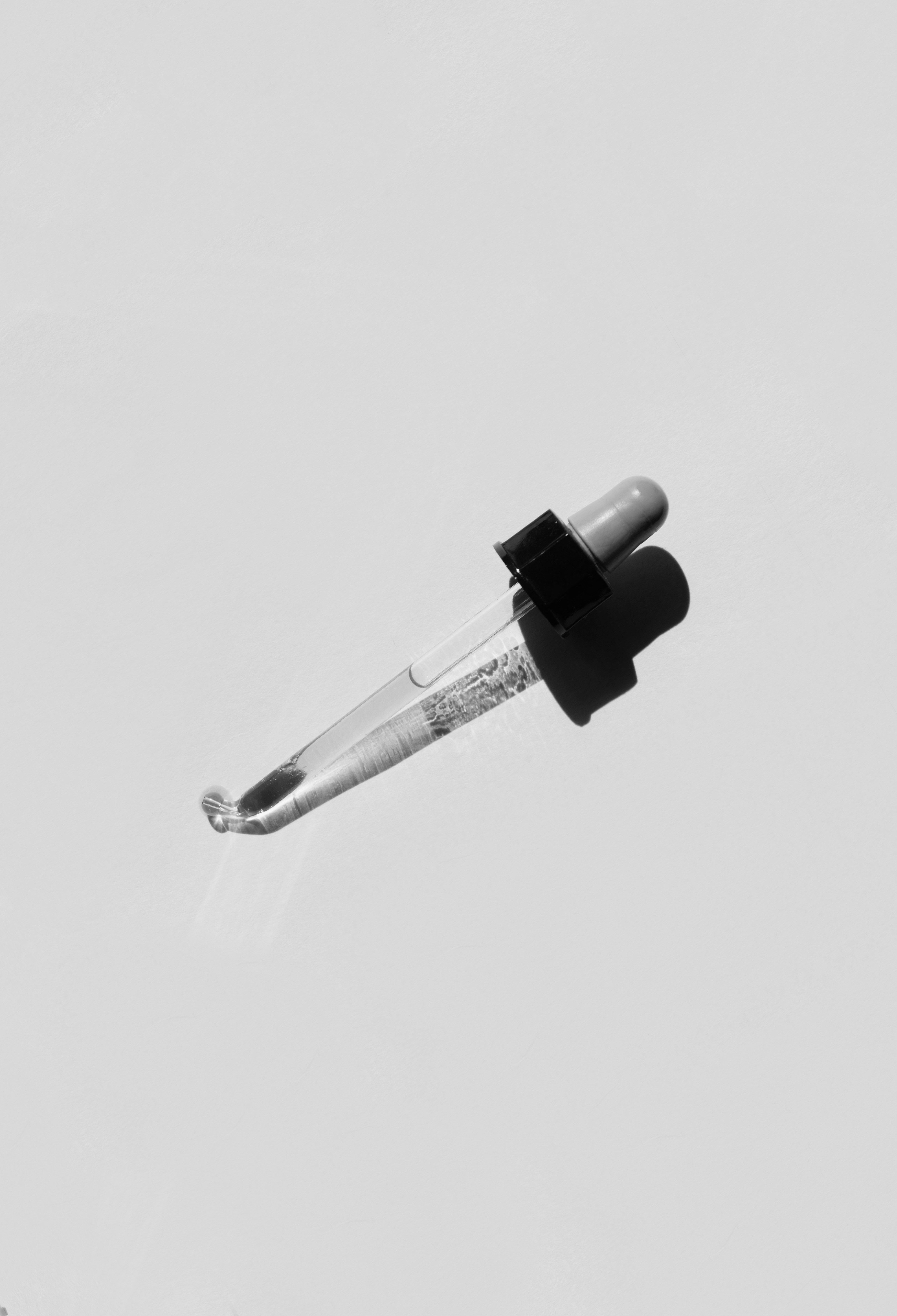
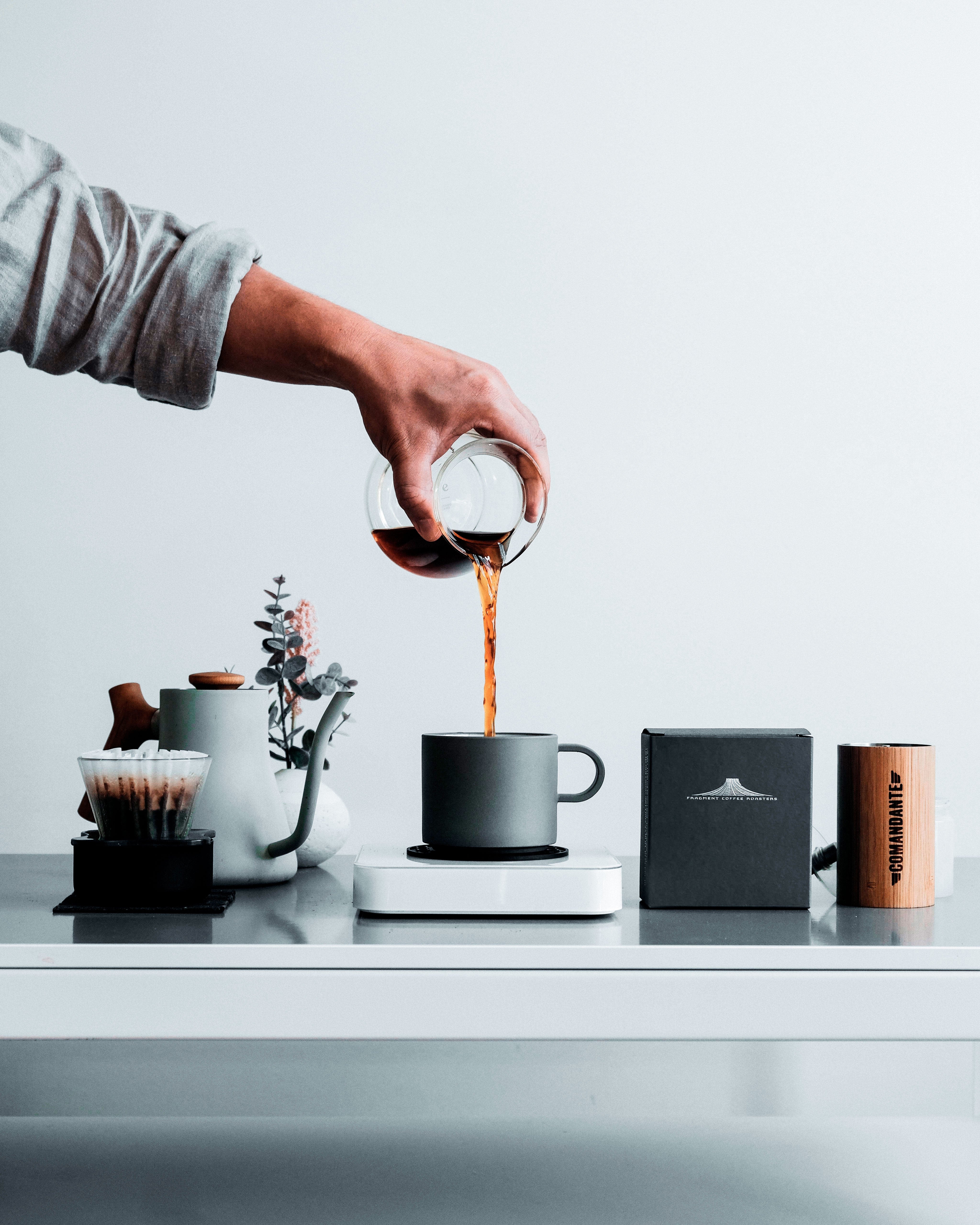
Leave a comment